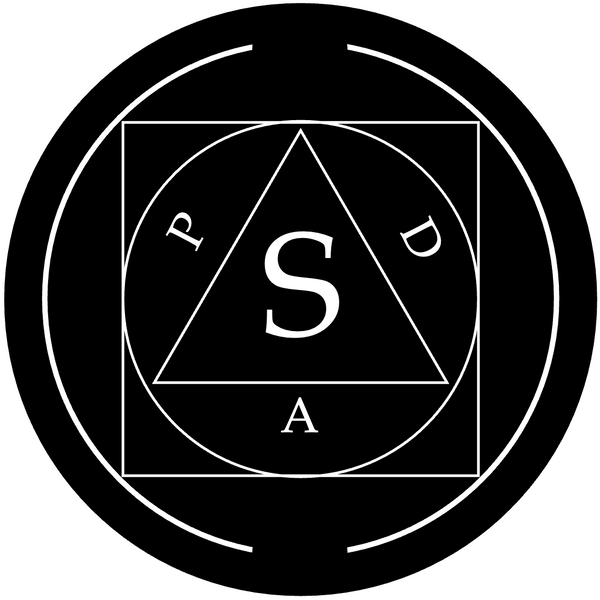Homo sapiens - Femur
Homo sapiens - Femur
Couldn't load pickup availability
Homo sapiens - Femur
Victorian era (1834-1901), England.
A single piece. Size approx. 415mm x 74mm.
An elderly human femur that was used for medical teaching. The femur (lat. femur) is the longest and strongest bone in the human body. It is located between the hip joint and the knee joint.
Symbol meaning
The symbolism of the bones of the human body is ancient and rich. Bones symbolize mortality, irrevocability and the end. The human skull is a classic example of this, a "memento mori" - a reminder of mortality. The skull is immediately found on toxic chemical warning signs and pirate flags. Churches and sanctuaries are decorated with them. Human bones have been made into sacred instruments and ritual vessels. Many indigenous peoples have a strong belief in the spirits of ancestors and their connection to the living. In these cultures, bones have been used as communication aids between ancestral spirits and the living during important rituals. Bones are considered a link between the physical and spiritual worlds. Bones are not only associated with death and the past, but also with life, the future and rebirth. In the Bible, Eve was born from Adam's rib:
Then the Lord God caused the man to fall into a deep sleep and while he was sleeping he took one of his ribs and filled the place with flesh. The Lord God made this rib into a woman and brought her to the man. And the man said:
This is it! this is
bone from my bone
and flesh of my flesh.
As a woman, let's say:
from the man he has been taken.
(Genesis 2:21–23)
Note! All human osteological specimens we sell are former medical teaching specimens. We do not sell, buy or pass on osteological pieces whose history or origin is unknown or whose identifying marks do not meet these criteria. Finnish law prohibits breaking the peace (Finnish Criminal Code 563/1998, chapter 17, section 12.)




